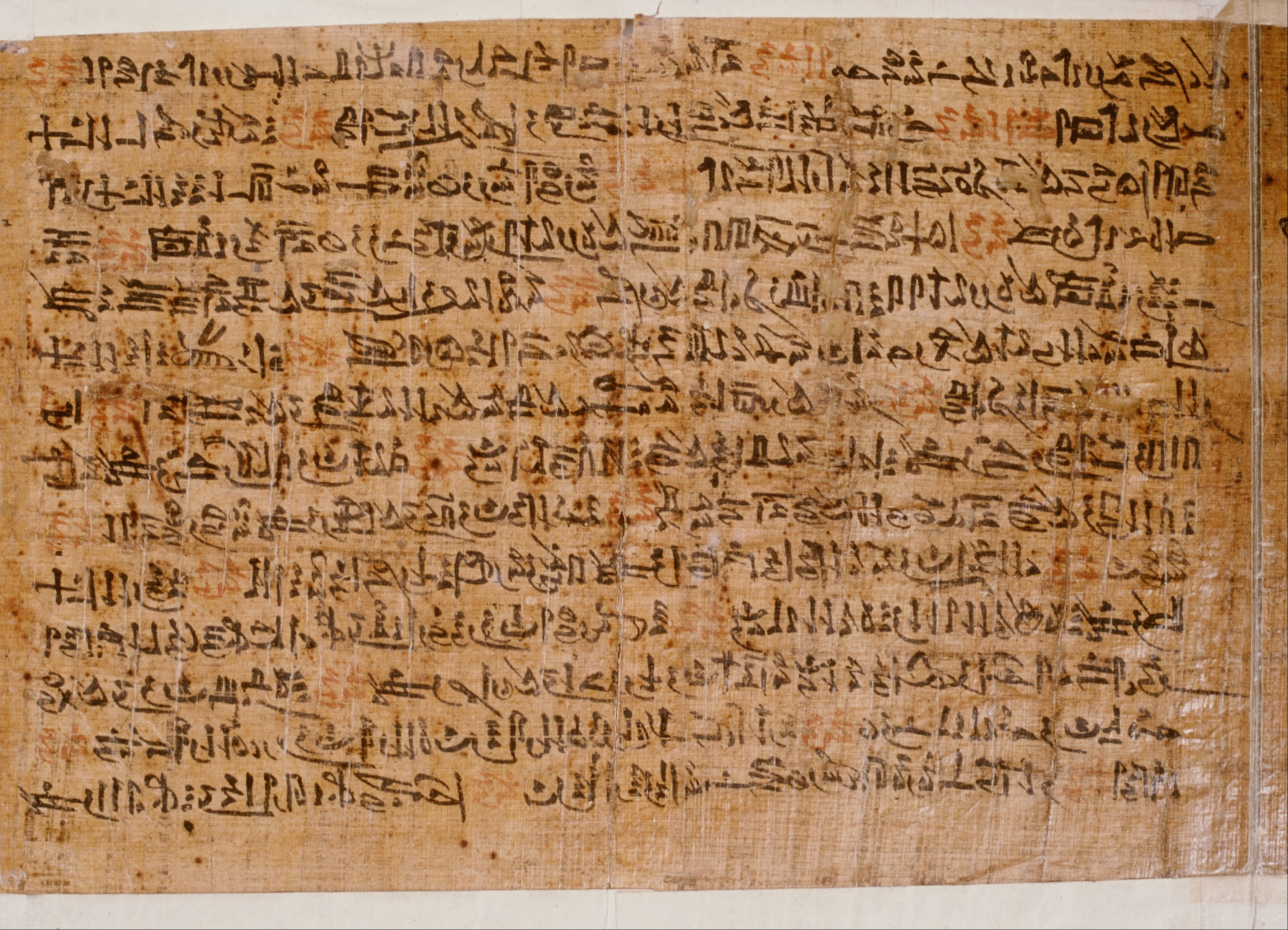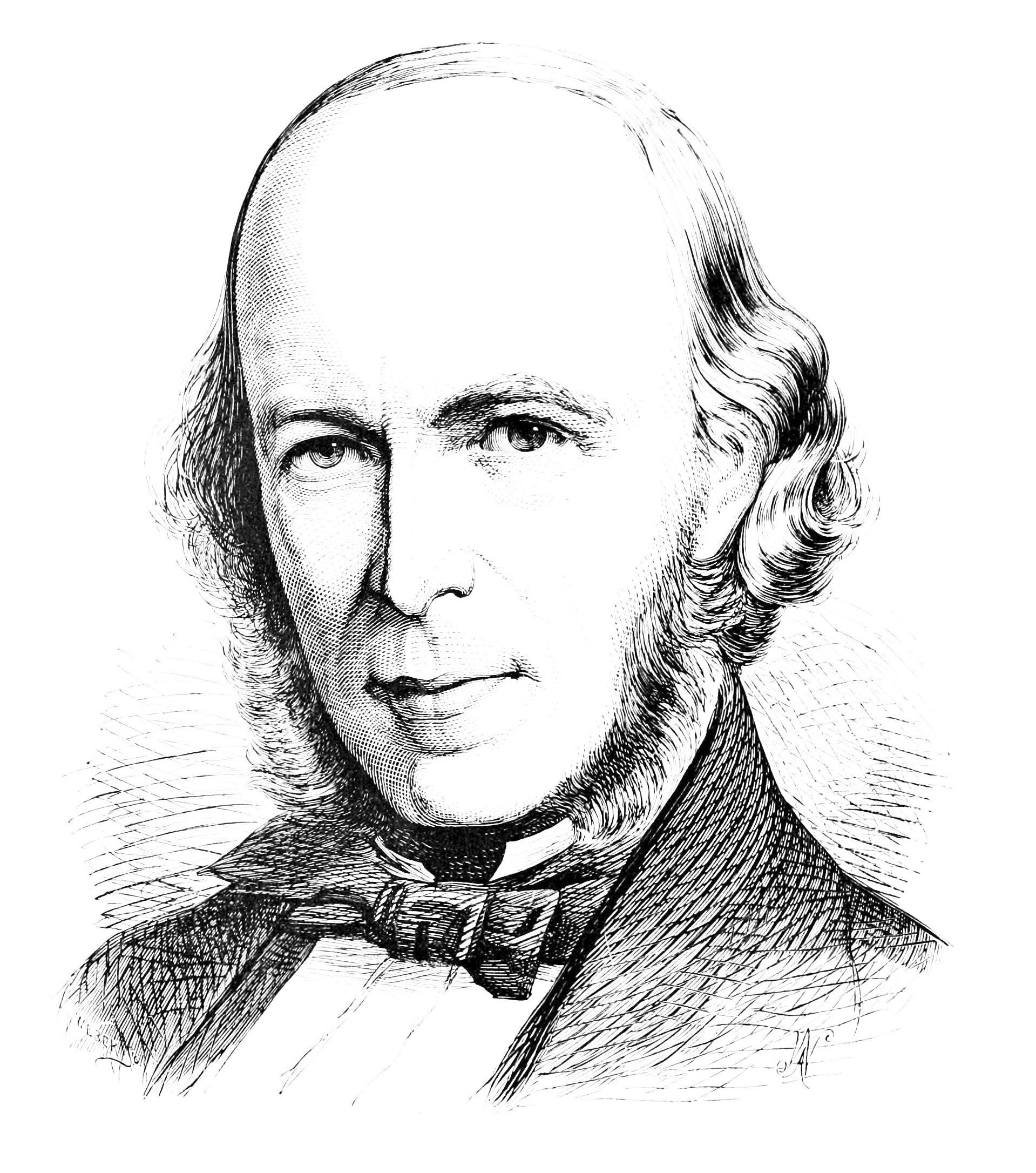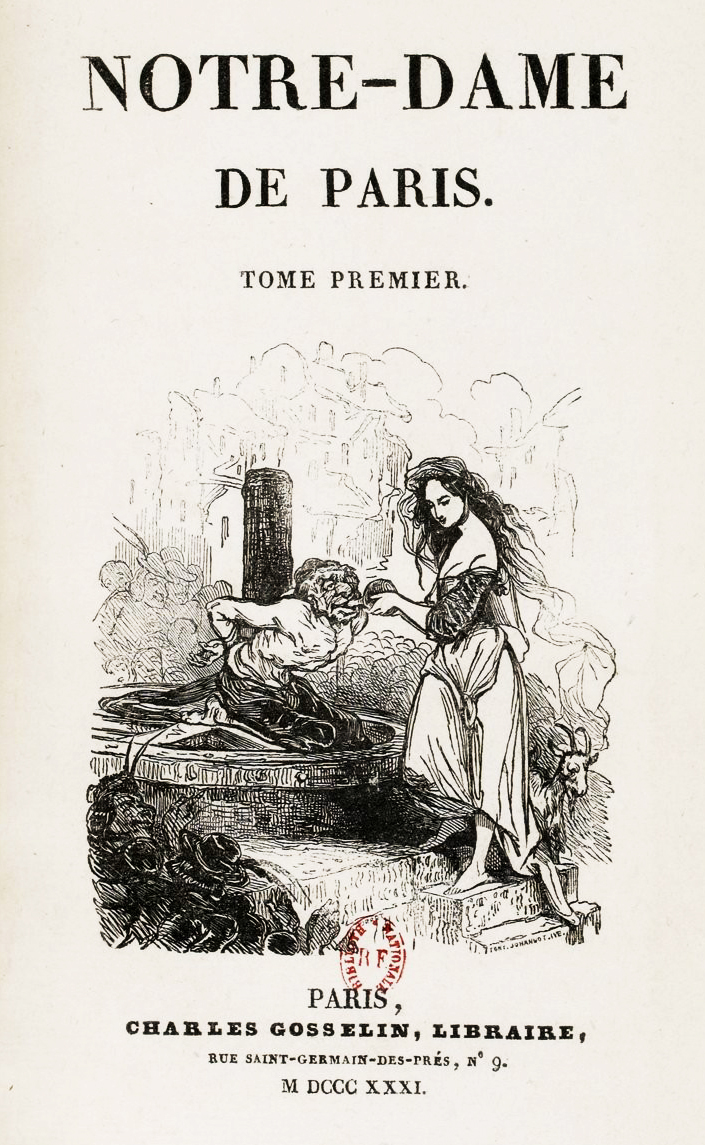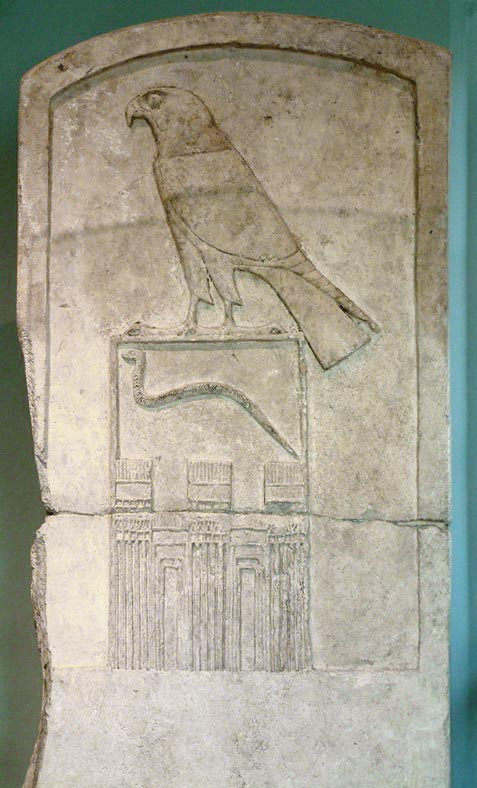|
Nitokris
Nitocris () possibly was the last queen of the Sixth Dynasty of Ancient Egypt. Her name is found in writings long considered as relatively accurate resources: a major chronological documentation of the reigns of the kings of ancient Egypt that was composed in the third-century BC by Manetho, an Ancient Egyptian priest and by the ancient Greek historian, Herodotus, in his '' Histories'' (430 BC). She is thought to be the daughter of Pepi II and Neith and to be the sister of Merenre Nemtyemsaf II.Tyldesley, J., ''Chronicle of the Queens of Egypt'', 2006, Thames & Hudson, p. 63. Her historicity has been questioned by some with speculation that, if she was a historical ruler, she may have been a regent. Another view, by the Egyptologist Kim Ryholt, argues that Nitocris is legendary and derives from the historical king Neitiqerty Siptah who succeeded Nitocris's brother, Merenre Nemtyemsaf II, at the transition between the Old Kingdom and First Intermediate Period. Manetho claime ... [...More Info...] [...Related Items...] OR: [Wikipedia] [Google] [Baidu] |
Menkare
Menkare (died 2200 BC) was an ancient Egyptian king, the first or second ruler of the Eighth Dynasty. Menkare probably reigned a short time at the transition between the Old Kingdom period and the First Intermediate Period, in the early 22nd century BC.Darrell D. Baker: ''The Encyclopedia of the Pharaohs: Volume I - Predynastic to the Twentieth Dynasty 3300–1069 BC'', Stacey International, , 2008, p. 197 The rapid succession of brief reigns at the time suggests times of hardship, possibly related to a widespread aridification of the Middle East, known as the 4.2 kiloyear event. As a king of the Eighth Dynasty, according to Manetho, Menkare's seat of power would have been Memphis. __FORCETOC__ Attestations ;Historical source Menkare's only secure historical source is the Abydos king list, a list of kings redacted during the reign of Seti I for religious purposes and which today serves as the primary historical source for kings of the early First Intermediate Period. The prae ... [...More Info...] [...Related Items...] OR: [Wikipedia] [Google] [Baidu] |
Neith
Neith (, a borrowing of the Demotic (Egyptian), Demotic form , also spelled Nit, Net, or Neit) was an ancient Egyptian deity, possibly of Ancient Libya, Libyan origin. She was connected with warfare, as indicated by her emblem of two crossed bows, and with motherhood, as shown by texts that call her the mother of particular deities, such as the sun god Ra and the crocodile god Sobek. As a mother goddess, she was sometimes said to be the Ancient Egyptian creation myths, creator of the world. She also had a presence in Ancient Egyptian funerary practices, funerary religion, and this aspect of her character grew over time: she became one of the four goddesses who protected the coffin and Canopic jar, internal organs of the deceased. Neith is one of the earliest Egyptian deities to appear in the archaeological record; the earliest signs of her worship date to the Naqada II period ( 3600–3350 BC). Her main cult center was the city of Sais in Lower Egypt, near the western edge of t ... [...More Info...] [...Related Items...] OR: [Wikipedia] [Google] [Baidu] |
First Intermediate Period
The First Intermediate Period, described as a 'dark period' in ancient Egyptian history, spanned approximately 125 years, c. 2181–2055 BC, after the end of the Old Kingdom of Egypt, Old Kingdom. It comprises the seventh Dynasty, Seventh (although this is mostly considered spurious by Egyptologists), eighth dynasty of Egypt, Eighth, Ninth dynasty of Egypt, Ninth, Tenth dynasty of Egypt, Tenth, and part of the Eleventh dynasty of Egypt, Eleventh List of Egyptian dynasties, Dynasties. The Periodization of Ancient Egypt, concept of a "First Intermediate Period" was coined in 1926 by Egyptologists Georg Steindorff and Henri Frankfort. Very little monumental evidence survives from this period, especially from the beginning of the era. The First Intermediate Period was a dynamic time in which rule of Egypt was roughly equally divided between two competing power bases. One of the bases was at Herakleopolis Magna, Heracleopolis in Lower Egypt, a city just south of the Faiyum region, and ... [...More Info...] [...Related Items...] OR: [Wikipedia] [Google] [Baidu] |
Pharaoh (Prus Novel)
''Pharaoh'' () is the fourth and last major novel by the Polish writer Bolesław Prus (1847–1912). Composed over a year's time in 1894–95, serialized in 1895–96, and published in book form in 1897, it was the sole historical novel by an author who had earlier disapproved of historical novels on the ground that they inevitably distort history. ''Pharaoh'' has been described by Czesław Miłosz as a "novel on... mechanism[s] of political power, state power and, as such, ... probably unique in world literature of the nineteenth century.... Prus, [in] selecting the reign of 'Pharaoh Ramses XIII' [a fictitious character] in the eleventh century BCE, sought a perspective that was detached from... pressures of [topicality] and censorship. Through his analysis of the dynamics of an ancient Egyptian society, he... suggest[s] an archetype of the struggle for power that goes on within any state." ''Pharaoh'' is set in the Egypt of 1087–85 BCE as that country experiences int ... [...More Info...] [...Related Items...] OR: [Wikipedia] [Google] [Baidu] |
Historical Novel
Historical fiction is a literary genre in which a fictional plot takes place in the setting of particular real historical events. Although the term is commonly used as a synonym for historical fiction literature, it can also be applied to other types of narrative, including theatre, opera, cinema, and television, as well as video games and graphic novels. An essential element of historical fiction is that it is set in the past and pays attention to the manners, social conditions and other details of the depicted period. Authors also frequently choose to explore notable historical figures in these settings, allowing readers to better understand how these individuals might have responded to their environments. The historical romance usually seeks to romanticize eras of the past. Some subgenres such as alternate history and historical fantasy insert intentionally ahistorical or speculative elements into a novel. Works of historical fiction are sometimes criticized for lack ... [...More Info...] [...Related Items...] OR: [Wikipedia] [Google] [Baidu] |
Bolesław Prus
Aleksander Głowacki (20 August 1847 – 19 May 1912), better known by his pen name Bolesław Prus (), was a Polish journalist, novelist, a leading figure in the history of Polish literature and philosophy, and a distinctive voice in world literature. Aged 15, Aleksander Głowacki joined the Polish 1863 Uprising against Imperial Russia. Shortly after his 16th birthday, he suffered severe battle injuries. Five months later, he was imprisoned. These early experiences may have precipitated the panic disorder and agoraphobia that dogged him through life, and shaped his opposition to seeking Poland's independence by force of arms. In 1872, in Warsaw, aged 25, he settled into a 40-year journalistic career that focused on science, technology, education, and economic and cultural development – societal enterprises essential to the perseverance of a people who in the 18th century had been partitioned out of political existence by Russia, Prussia, and Austria. Głowacki took t ... [...More Info...] [...Related Items...] OR: [Wikipedia] [Google] [Baidu] |
Abydos King List
The Abydos King List, also known as the Abydos Table or the Abydos Tablet, is a list of the names of 76 kings of ancient Egypt, found on a wall of the Temple of Seti I at Abydos, Egypt. It consists of three rows of 38 cartouches (borders enclosing the name of a king) in each row. The upper two rows contain names of the kings, while the third row merely repeats Seti I's throne name and nomen. Besides providing the order of the Old Kingdom kings, it is the sole source to date of the names of many of the kings of the Seventh and Eighth Dynasties, so the list is valued greatly for that reason. This list omits the names of many earlier pharaohs. The bulk of these appear to have been left out because although they claimed royal titles and rule over all Egypt, their actual authority was limited to only part of the country. This category includes all the rulers of the Ninth and Tenth Dynasties, the early rulers of the Eleventh Dynasty ( Mentuhotep I, Intef I, Intef II, and In ... [...More Info...] [...Related Items...] OR: [Wikipedia] [Google] [Baidu] |
Ancient Egyptian Royal Titulary
The royal titulary or royal protocol is the standard naming convention taken by the pharaohs of ancient Egypt. It symbolised worldly power and holy might, also acting as a sort of mission statement for the duration of a monarch's reign (although sometimes it even changed during the reign). The full titulary, consisting of five names, did not come into standard usage until the Middle Kingdom but remained in use as late as the Roman Empire. Origins In order that the pharaoh, who held divine office, could be linked to the people and the gods, special epithets were created for them at their accession to the throne. These titles also served to demonstrate one's qualities and link them to the terrestrial realm. The five names were developed over the centuries beginning with the Horus name. This name identified the figure as a representative of the god Horus. The Nebty name was the second part of the royal titular of Upper and Lower Egypt. This name placed the king under the protection o ... [...More Info...] [...Related Items...] OR: [Wikipedia] [Google] [Baidu] |
Transcription (linguistics)
In linguistics, transcription is the systematic representation of spoken language in written form. The source can either be utterances (''speech'' or ''sign language'') or preexisting text in another writing system A writing system comprises a set of symbols, called a ''script'', as well as the rules by which the script represents a particular language. The earliest writing appeared during the late 4th millennium BC. Throughout history, each independen .... Transcription should not be confused with translation, which means representing the meaning of text from a source-language in a target language, (e.g. ''Los Angeles'' (from source-language Spanish) means ''The Angels'' in the target language English); or with transliteration, which means representing the spelling of a text from one script to another. In the academic discipline of linguistics, transcription is an essential part of the methodologies of (among others) phonetics, conversation analysis, dialectology, an ... [...More Info...] [...Related Items...] OR: [Wikipedia] [Google] [Baidu] |
Nineteenth Dynasty Of Egypt
The Nineteenth Dynasty of Egypt (notated Dynasty XIX), also known as the Ramessid dynasty, is classified as the second Dynasty of the Ancient Egyptian New Kingdom of Egypt, New Kingdom period, lasting from 1292 BC to 1189 BC. The 19th Dynasty and the 20th Dynasty furthermore together constitute an era known as the ''Ramesside period''. This Dynasty was founded by Vizier (Ancient Egypt), Vizier Ramesses I, whom Pharaoh Horemheb chose as his successor to the throne. History Background The warrior kings of the early Eighteenth Dynasty of Egypt, 18th Dynasty had encountered only little resistance from neighbouring kingdoms, allowing them to expand their realm of influence easily, but the international situation had changed radically towards the end of the dynasty. The Hittites had gradually extended their influence into Syria and Canaan to become a major power in international politics, a power that both Seti I and his son Ramesses II would confront in the future. 19th Dynasty ... [...More Info...] [...Related Items...] OR: [Wikipedia] [Google] [Baidu] |
Turin King List
The Turin King List, also known as the Turin Royal Canon, is an ancient Egyptian hieratic papyrus thought to date from the reign of Pharaoh Ramesses II (r. 1279–1213 BC), now in the Museo Egizio (Egyptian Museum) in Turin. The papyrus is the most extensive list available of kings compiled by the ancient Egyptians, and is the basis for most Egyptian chronology before the reign of Ramesses II. The list includes the names of 138 kings. Other sources say that there were originally 223 names of kings in the document, of which 126 have survived (sometimes only partially). 97 names have been lost. Creation and use The papyrus is believed to date from the reign of Ramesses II, during the middle of the New Kingdom, or the 19th Dynasty. The beginning and ending of the list are now lost; there is no introduction, and the list does not continue after the 19th Dynasty. The composition may thus have occurred at any subsequent time, from the reign of Ramesses II to as late as the 20th Dy ... [...More Info...] [...Related Items...] OR: [Wikipedia] [Google] [Baidu] |
Egyptian Language
The Egyptian language, or Ancient Egyptian (; ), is an extinct branch of the Afro-Asiatic languages that was spoken in ancient Egypt. It is known today from a large corpus of surviving texts, which were made accessible to the modern world following the decipherment of the ancient Egyptian scripts in the early 19th century. Egyptian is one of the earliest known written languages, first recorded in the hieroglyphic script in the late 4th millennium BC. It is also the longest-attested human language, with a written record spanning over 4,000 years. Its classical form, known as " Middle Egyptian," served as the vernacular of the Middle Kingdom of Egypt and remained the literary language of Egypt until the Roman period. By the time of classical antiquity, the spoken language had evolved into Demotic, and by the Roman era, diversified into various Coptic dialects. These were eventually supplanted by Arabic after the Muslim conquest of Egypt, although Bohairic Coptic ... [...More Info...] [...Related Items...] OR: [Wikipedia] [Google] [Baidu] |







